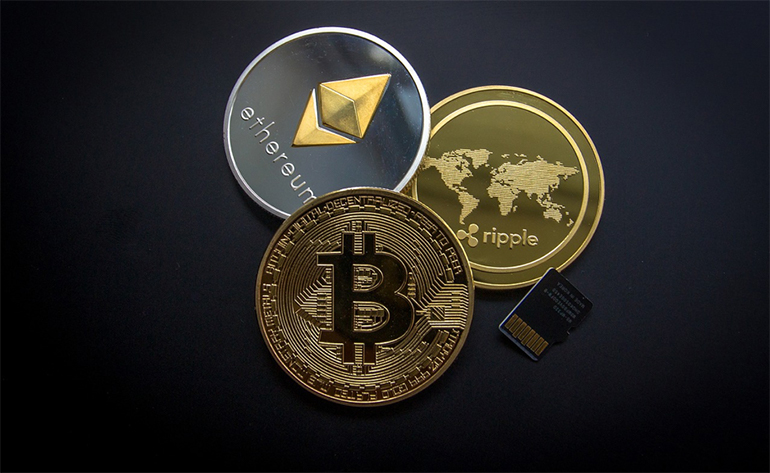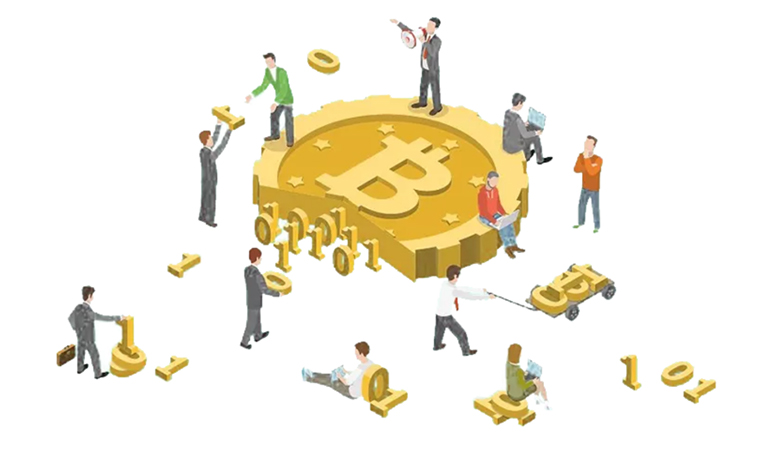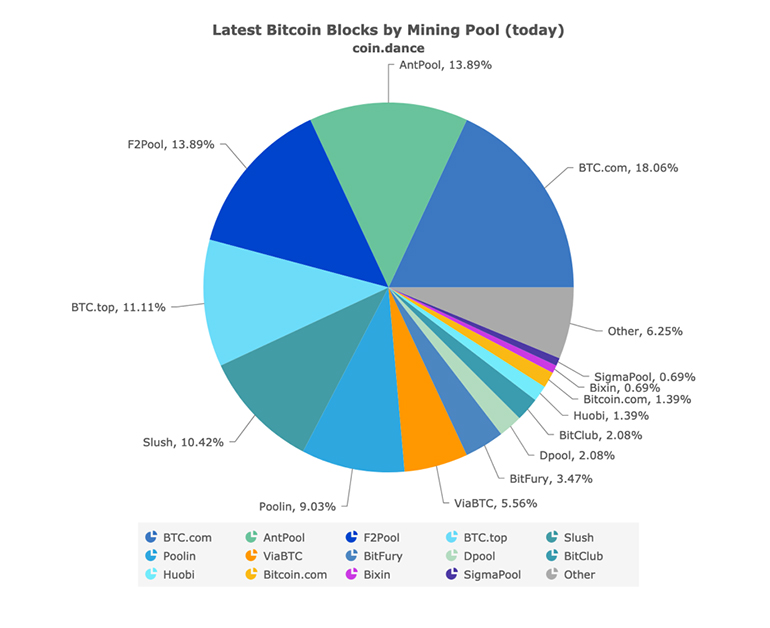With Bitcoin price falling down, miners were the ones affected most. Even though mining got difficult lately, there was still money to make as a solo miner. Not in 2019 though, unless you are living in a country with super cheap electricity. As in-home mining in Venezuela and Iran is at the rise, others started to gather into mining pools.

How mining pools work:
As a solo miner, you are covering all the expenses, but once Bitcoin is mined, the whole coin and fees are yours. Unfortunately, with current Bitcoin value together with the price for energy used while mining one coin, the final reward is not that interesting as it used to be.
However, if you join mining pool, energy expenses on mining are shared. Bitcoin and fees are then shared as well, but still, mining pools currently represent an easier and quite stable income from crypto mining.
Miners get a reward based on contributed processing power they 've put into crypto mining pool. Every pool is basically a node's network with admin or company in charge, which is trying to attempt as many hashes per second as possible. Miners themselves cant produce such a hashing power, together in pool they are increasing a possibility to unlock blocks.
What is cost you:
Most of the mining pools will charge you for a fee. It could be nothing but can go up to 4%. This is taken from your final reward, so nothing paid upfront.
Be careful about projects offering 0% of fees. Even this could be just a new company trying to attract early bird customers, it could be a scam as well
Be careful about projects offering 0% of fees. Even this could be just a new company trying to attract early bird customers, it could be a scam as well
Payout:
Another thing mining pools vary in is their payout rules. Whether you want regular daily payments or get paid whenever a block is solved by the pool, make sure to find out details before you join
Rewards for miners in mining pools:

There is around twenty different reward system used by mining pools in 2019. Each mining pool has different rules and system. These are some of the most common ones:
- Pay-per share (PPS):
The most common way to pay miners. You get an average of the number of shares that you contributed to the pool when finding blocks. PPS is considered as one of the safest ways to get paid. - Pay Per Last N Shares (PPLNS):
Also a popular payment method. PPLNS offers payment to miners as a % of shares they contribute to the total shares. - Proportional (PROP):
Works as PPS, but additionally to the mined BTC, miners also get transaction fees in the reward
Not all mining pools are mining Bitcoin. Many of them will be mining the currency with higher value at that time, and pay out their miners in BTC.
Who mines the most:
Currently a leader in Mining pool is China and Czech Republic,then Island with Japan follows. Chinese F2P Pool and Antpool are taking the biggest part of a wheel, together with BTC.com owned by Bitmain. The oldest pool, created in 2010 by Czech Satoshi Labs has currently 10% of this market.
Actual data here: https://coin.dance

How to join mining pool in 2019:
Mining pools work for all crypto coins, not just for Bitcoin. You can also change mining pools whenever you want to, just by routing your hash power to another pool.
Each mining pools has its own registration process, usually, 2F registration is required. When choosing a mining pool to join, check not only fees but also localization and reputation. As everything in a crypto world, research reviews and ask for recommendations.
What you will need to connect:
- Wallet address - to get your reward
- Bitcoin mining hardware - to determine the size of your contribution to the pool’s hash rate (ASIC Bitcoin Miner)
- Mining software - connects your hardware to the net - to the pool you prefer (EasyMiner, CGMiner .. )
Always check preferred tools for a pool you want to join. A whole list of mining pools is here: https://www.cryptocompare.com/mining/#/pools